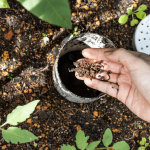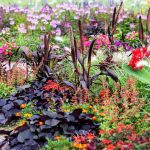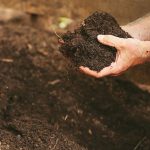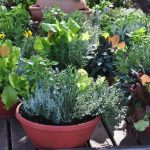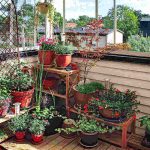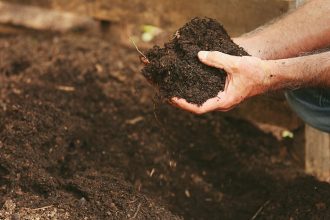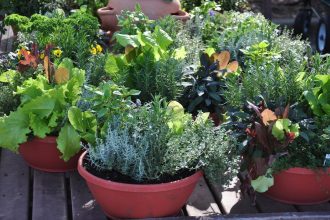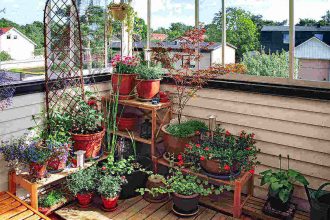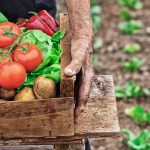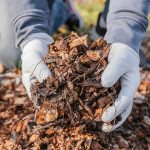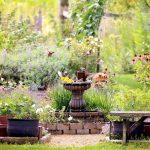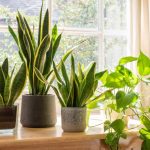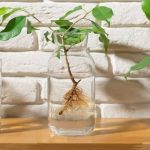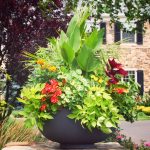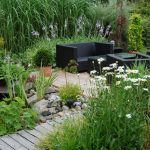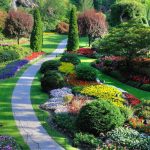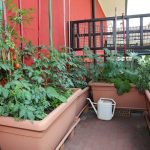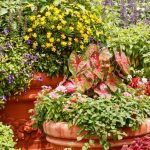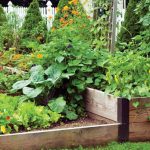In the world of container gardening, success often comes down to two simple yet essential tasks: watering and feeding your plants. As any experienced gardener will tell you, striking the perfect balance between these two elements is the key to vibrant, thriving container plants. Whether you’re a seasoned green thumb or just starting out on your gardening journey, mastering the art of caring for container plants will ensure your garden blooms with beauty and vitality. Let’s explore some expert tips and tricks for keeping your potted wonders happy and healthy.

Choosing the Right Containers for Your Plants
When it comes to caring for your container plants, choosing the right containers plays a crucial role in their overall health and growth. Here are some tips to help you select the perfect containers for your plants:
Material: Consider the material of the container based on your plant’s specific needs. Terracotta pots are great for plants that prefer dry soil as they are porous and allow for better drainage. Plastic containers are lightweight and retain moisture well, making them ideal for plants that require consistent watering.
Size: The size of the container is also essential. Make sure that the container is large enough to accommodate the plant’s root system and allow room for growth. Avoid overcrowding plants in small containers, as this can lead to stunted growth and root-bound plants.
Drainage: Proper drainage is key to preventing root rot and other water-related issues. Look for containers with drainage holes at the bottom to allow excess water to escape. If your container does not have drainage holes, you can add a layer of gravel at the bottom to help with drainage.
Watering Tips for Healthy Growth
When it comes to caring for container plants, proper watering is essential for healthy growth. One important tip is to always water your plants at the base, rather than from the top. This helps prevent water from sitting on the leaves, which can lead to disease and rot. Additionally, make sure to water your plants in the early morning or late evening to avoid evaporation.
Another helpful tip is to check the moisture level of your soil before watering. Stick your finger about an inch into the soil – if it feels dry, it’s time to water. Overwatering can be just as harmful as underwatering, so it’s important to find the right balance. Using a moisture meter can also be a useful tool to ensure your plants are getting the proper amount of water.
In addition to watering, feeding your container plants is crucial for their overall health. Consider using a balanced liquid fertilizer, such as a 10-10-10 blend, every few weeks during the growing season. This will help provide your plants with essential nutrients for strong, healthy growth. Remember to follow the instructions on the fertilizer packaging for best results.
Feeding Your Plants: Nutrient Needs and Fertilizer Recommendations
Container plants require special care when it comes to watering and feeding. Understanding the nutrient needs of your plants is essential for their overall health and growth. Here are some key points to consider:
- Plants in containers have limited access to nutrients in the soil, so it’s important to supplement their diet with fertilizer.
- Each type of plant has specific nutrient requirements, so be sure to research the needs of your particular plant species.
- Over-fertilizing can be harmful to plants, so be sure to follow the instructions on the fertilizer packaging carefully.
When it comes to feeding your container plants, there are a variety of fertilizer options available. Here are some recommendations to help you keep your plants healthy and thriving:
| Fertilizer Type | Benefits |
|---|---|
| Organic Fertilizer | Slow-release nutrients that are gentle on plants. |
| Water-Soluble Fertilizer | Quick-acting nutrients that are easily absorbed by plants. |
| Compost | Natural, nutrient-rich option for feeding plants. |
Maintaining Proper Drainage: Preventing Waterlogged Soil
When it comes to caring for container plants, proper drainage is essential to prevent waterlogged soil which can lead to root rot and other issues. To maintain proper drainage, follow these tips:
- Choose the right container: Select a container with drainage holes at the bottom to allow excess water to escape. This will help prevent water from pooling at the bottom and saturating the soil.
- Use well-draining soil: Opt for a high-quality potting mix that is specifically formulated for container plants. Avoid garden soil, as it can become compacted and hinder drainage.
- Water sparingly: Only water your container plants when the top inch of soil feels dry to the touch. Overwatering can lead to waterlogged soil and root rot.
- Elevate your pots: Place pot feet or small rocks under your containers to lift them off the ground. This will allow excess water to drain freely from the bottom of the pot.
By following these tips, you can help prevent waterlogged soil and ensure that your container plants thrive in a healthy environment.
In conclusion, tending to container plants requires a delicate balance of watering and feeding to ensure their health and vitality. By following the tips and guidelines outlined in this article, you can create a nurturing environment for your plants to thrive in. Remember to observe your plants closely and adjust your care routine as needed to meet their individual needs. With patience, dedication, and a bit of green thumb magic, you can become a container plant care expert in no time. Happy gardening!


